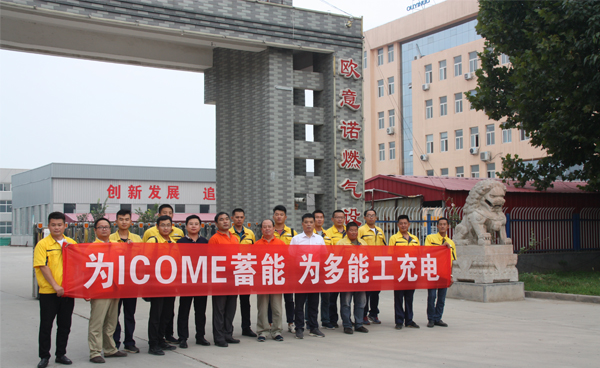
Dec . 20, 2024 09:40
Back to list
gas safety relief valve
Understanding Gas Safety Relief Valves Critical Components for Safe Operations
In various industrial applications, safety is paramount, especially when dealing with gases and pressurized systems. Among the critical components designed to maintain safety and prevent hazardous conditions is the gas safety relief valve. This article aims to explore the function, importance, and operational principles of gas safety relief valves.
What is a Gas Safety Relief Valve?
A gas safety relief valve is a mechanical device used to control or limit the pressure within a system. When the pressure exceeds a predetermined set point, the valve opens to release excess gas, thus preventing potential overpressure situations that could lead to explosions, equipment damage, or catastrophic failures. These valves are essential in gas pipelines, storage tanks, and various industrial processes that utilize gases.
Importance of Gas Safety Relief Valves
1. Preventing Overpressure Situations One of the primary roles of a gas safety relief valve is to maintain pressure within safe limits. Overpressure can compromise the integrity of equipment, leading to leaks or ruptures. By releasing excess pressure, these valves provide a crucial line of defense against accidents.
2. Ensuring Compliance with Regulations Many industries are governed by strict safety regulations that mandate the installation of safety relief valves in systems handling gases. Compliance with these regulations not only ensures the safety of employees and the environment but also mitigates legal liabilities for companies.
3. Protecting Equipment and Infrastructure By preventing overpressure conditions, safety relief valves help extend the life of the equipment and reduce maintenance costs. The damage that can occur from excessive pressure can be extensive, resulting in costly repairs and downtime.
4. Promoting Operational Efficiency In addition to safety, these valves can improve the overall efficiency of gas systems. By managing pressure effectively, they can optimize the performance of other equipment and processes within a facility.
Operational Principles of Gas Safety Relief Valves
gas safety relief valve

Gas safety relief valves operate based on the principles of pressure and force balance. They typically consist of a valve body, a spring, and a disc or flap that opens when the pressure exceeds the set limit. Here’s how it works
1. Set Pressure Each safety relief valve is designed to operate at a specified pressure known as the set pressure. This value is determined based on the system’s requirements and safety factors.
2. Pressure Rise As the pressure within the system rises, it acts against the disc or flap of the valve. Meanwhile, a spring holds the valve closed, balancing the forces acting on the disc.
3. Opening Mechanism When the pressure surpasses the set point, the force exerted by the gas overcomes the spring force, causing the valve to open. This allows gas to escape from the system, reducing the pressure to safe levels.
4. Closing Mechanism Once the pressure drops back below the set point, the spring force closes the valve, resealing the system. This automatic operation ensures continuous protection without the need for manual intervention.
Choosing the Right Gas Safety Relief Valve
Selecting an appropriate gas safety relief valve is crucial for safety and efficiency. Factors to consider include
- Flow Capacity The valve must be sized correctly to discharge enough gas during overpressure conditions. - Set Pressure Ensure the set pressure aligns with the system’s operational parameters. - Material Compatibility The construction materials should be suitable for the specific gas being handled to prevent corrosion or degradation.
Conclusion
Gas safety relief valves are indispensable components in any system dealing with pressurized gases. They not only ensure compliance with safety regulations but also protect personnel, equipment, and the environment from potentially dangerous overpressure scenarios. By understanding the importance of these valves and selecting the appropriate type for specific applications, industries can promote safer operations and enhance overall efficiency. Investing in gas safety relief valves is not just a regulatory requirement but a key aspect of responsible management in the gas and energy sectors.
Latest news
-
Safety Valve Spring-Loaded Design Overpressure ProtectionNewsJul.25,2025
-
Precision Voltage Regulator AC5 Accuracy Grade PerformanceNewsJul.25,2025
-
Natural Gas Pressure Regulating Skid Industrial Pipeline ApplicationsNewsJul.25,2025
-
Natural Gas Filter Stainless Steel Mesh Element DesignNewsJul.25,2025
-
Gas Pressure Regulator Valve Direct-Acting Spring-Loaded DesignNewsJul.25,2025
-
Decompression Equipment Multi-Stage Heat Exchange System DesignNewsJul.25,2025

